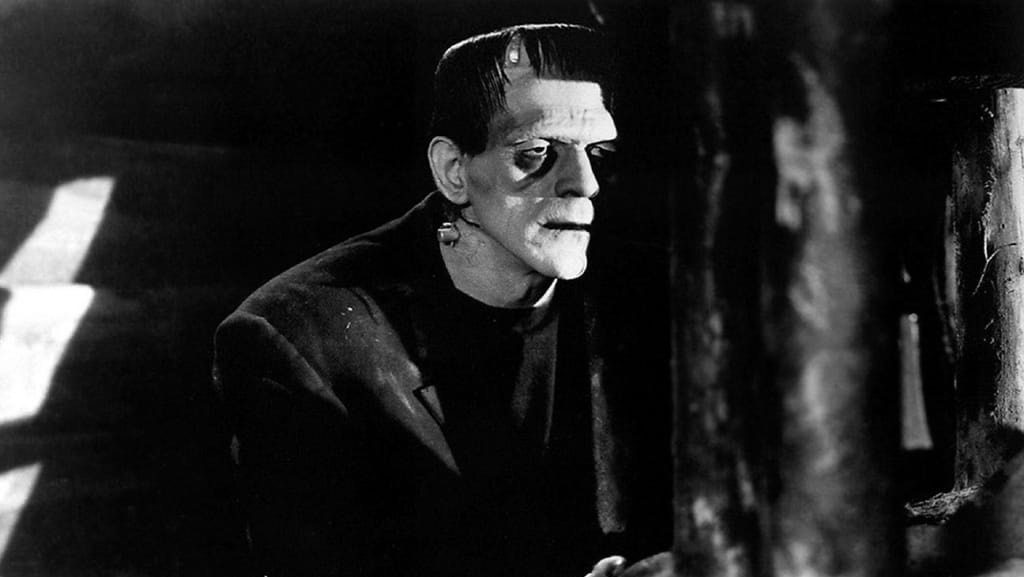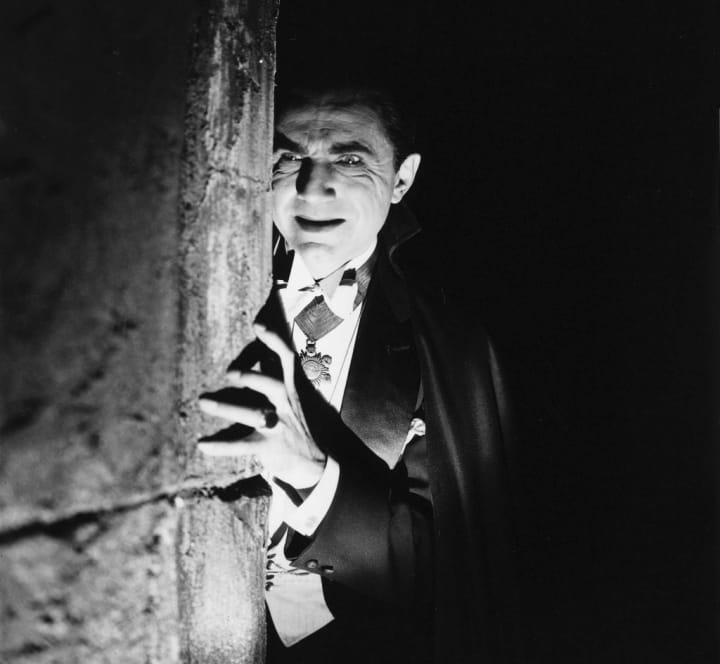
We all grew up with them in one form or another. You saw the originals from Universal Studios, the Hammer films, or perhaps Francis Ford Coppola's takes on these classic icons. Dracula, Frankenstein, and the list goes on for the traditional Gothic horror lot. They have been with us for almost a century or longer if you are counting them as literary figures. They are beloved amongst many people across the world, but let's face the possibility that Gothic Horror may be coming to an end.
Exposure of the Beast
One of the tried and true rules in horror when it comes to the monster is less is more. The less of the monster we see, the scarier it is. When we only see the creature within the shadows, we sometimes allow our imagination to take us places, dark places. It is a combination of the fear of the unknown and people fear what they cannot see. Characters like Dracula, Frankenstein, werewolves, and the Mummy have been seen one too many times. Universal Studios cranked out numerous films for them, along with other studios giving their own take.
There have been comic books, video games, and merchandise. In the end, the Wolf Man you once feared is hardly a horror icon, but more of a pop culture icon. As the beast is further exposed it becomes too familiar, too popular, and in the end becomes downright goofy. The creature of Frankenstein you once feared as this other being, not truly human, not one of god's creatures but a creature of man comes off as just a green mumbling oaf with bolts in his neck. Horror writer Clive Barker put it best that the monster eventually becomes "court jester". It is very akin to a relationship with nervousness in the beginning, but after some time there is that comfort you feel around their presence. The same could be said of these monsters.
Shift in Trends
Gothic horror is something born out centuries before, as early as the 18th century with Horace Walpo's The Castle of Otranto. Gothic horror is a combination of medieval, romance, and the macabre. On average it conjures up images of castles with stone gargoyles in the old country, with sweeping spiral staircases, dark labyrinths, and spider-webbed catacombs. You hear bats shrieking and wolfs howling as you walk through foggy cemeteries. It is certainly atmospheric, but it becomes dated.

Horror much like music or any other film genre goes through different trends. Gothic horror had its hold during the early 20th century. After World War II with the advent of nuclear weapons, the trend in horror begins to shift. You can see this in films such as Them or the television series The Twilight Zone. The new horror trend is more akin to sci-fi horror. On average the threat is nuclear fear, residing in our fear of possible nuclear war but in the form of giant radioactive monsters. After this time into the late sixties, this shifts into more exploitative, smutty films such as I Spit On Your Grave or The Texas Chainsaw Massacre. The new fear is very real and here in America with human beings who happen to be sick, twisted individuals, and not fictional beasts like vampires from the thirties or giant ants from the fifties. By the time of the eighties, you get the slasher flick which expands on our previous fears from the seventies, along with fears of what is our youth is up to.
Remnants of these two remain in the 21st century. The supernatural has always been with horror and continues to thrive under directors like James Wan. We now have the found footage films, films like Saw, or as critics label "torture porn." Finally, there seems to be a rise in more psychological thrillers that blend with horror like this Jordan Peele's Get Out.
What Will People Fear Next?
People's fears change with time. Take Dracula for example, he represents a fear of the Eastern European immigrant amongst a more isolationist and racist time. People begin to fear the old country as we continue to progress and move to the city. I may even add it provides escapism during The Great Depression, for our fears could be worse, instead of the lack of a job we could be dealing with monsters. Isolationism and racism are still real things, but racism towards Eastern Europeans is hardly prevalent today. The Gothic Horror represents now an unknown that we truly do not know. People today know nothing of the Romanian countryside or Victorian-Era science. When in fact, we sometimes fear what we do know. People read and see the reports of terrorism, a modern-day threat people all know of, a threat that could possibly target them. We can frame this in another context, take for example what do Americans know of Estonia? Probably not much and that is okay. Do Americans know much of North Korea? Yes, yet Americans are more likely to be scared of the latter than the former.
A survey was put together in 2016, looking at Americans' biggest fears. The panics range from government corruption, terrorism, economic insecurity, death of loved ones, identity theft, and more. Hence, physical, horrific manifestations are hardly scaring most Americans today. These are real, existential threats to people that affect their daily lives. What will people fear thirty or even fifty years from now, all depends on the issues from this survey. Will these issues be rectified or made even worse? Will these fears just branch out into new fears? I would surmise that the supernatural genre may eventually die out. More people are becoming atheist or agnostic, with more scientific explanations in the world and rational thought combating superstition.
Gothic Horror has a few pockets in modern-day media. Guillermo del Toro's Crimson Peak has its fans. However, it was hardly a huge hit. Showtime's Penny Dreadful series had three seasons. Not a terrible run, but not a huge success either. Now Netflix has tremendous, critical success with The Haunting of Hill House and The Haunting of Bly Manor. Yet for the most part, Gothic Horror is treated more as just an aesthetic because they like that look, think Tim Burton's work.
Now, do I mean to say we need to turn Frankenstein into a terrorist or the Wolf-Man into a threat to your retirement savings? Of course not. Nor am I trying to derail and destroy this genre, for I myself am a fan. However, if we are looking for true fear we cannot continue to fall back on old tropes of castles and bats. We must look elsewhere, somewhere deeper, and possibly within ourselves. Shows from Netflix can carve a possible path to a successful resurgence in Gothic Horror. We cannot simply copy and paste over from these shows. One does not keep a genre going by replicating it over and over verbatim.
If you like what you read here, please feel free to leave a like and or tip.
About the Creator
Skyler
Full-time worker, history student and an avid comic book nerd.






Comments
There are no comments for this story
Be the first to respond and start the conversation.